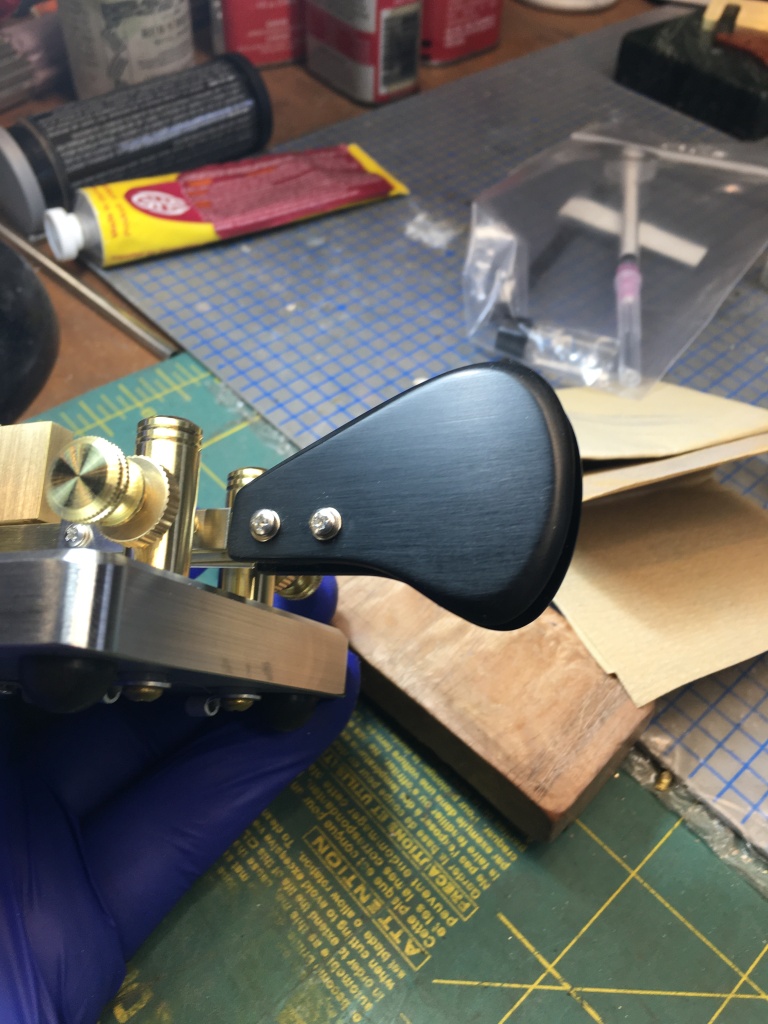Ask Joe
Ask Joe Speroni/AH0A
http://www.ah0a.org/FCC/Licenses.html
As of January there are 755,952 in the US alone!!! I wonder how many of them are CW ops?

Ask Joe
Ask Joe Speroni/AH0A
http://www.ah0a.org/FCC/Licenses.html
As of January there are 755,952 in the US alone!!! I wonder how many of them are CW ops?
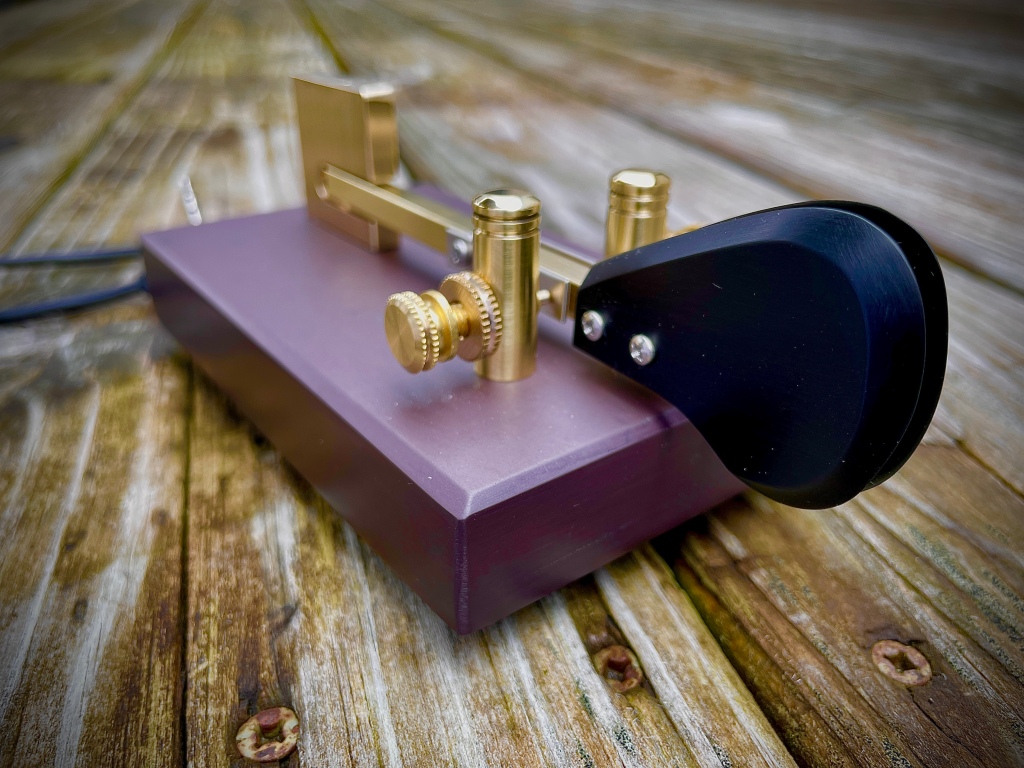
I’ve had this slate in a pile in my barn for many years now and finally got a chance to cut it up and make a couple of bases out of it. It took a LOT of sanding and finishing but I’m real happy about how it looks and feels. I put it on the air for awhile today and it works beautifully. Go to the Keys listing and it’s on the top so you can get more info and of course purchase one. The base is already several million years old so it should last another several million years and maybe wind up at a colony on Mars with one of your great-great-great-great-great grandchildren!
I do.
A true craftsman and creator pays attention to the minutiae…to things most people will never notice or care about. Things that form the backbone, the heart and soul of that thing that has never existed on this planet. That is until he dashed out a silly “stick man” drawing on a post it note, then flipped it over and scribbled his name and date on it knowing it was SOMETHING real and not just another idea that will never see the light of day.
Yes, I polish my nuts. I don’t have to. I don’t think anybody would notice unless I told them. But it’s important to me as a creator. It says something about how I see the world and what I have to say about the process. How things “should be” in my highly subjective view. Same reason I take great care in making sure the shipping labels are centered on the box and that there are no bubbles under the shipping tape. I know, it’s obsessive, but it’s also the simple things that talk to us. And that’s my point. It takes very little extra effort to do a job that’s remarkable . Something people will remember. Something that shows thought, integrity, rightness, care, respect…all the good things we look for, that we pine for.
So next time you hear yourself saying “That’s good enough”, ask yourself what you could do to make it better. To make it great. To make it as good as it gets.
Excellence is always the result of high intention, sincere effort, and intelligent execution
—Aristotle
73,Steve
Now off to the Post Office to send out some keys.
What the hell, The “Fragile” sticker is a little crooked! 😉
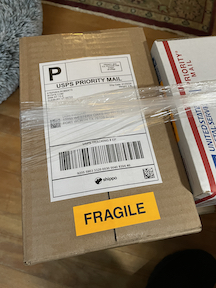
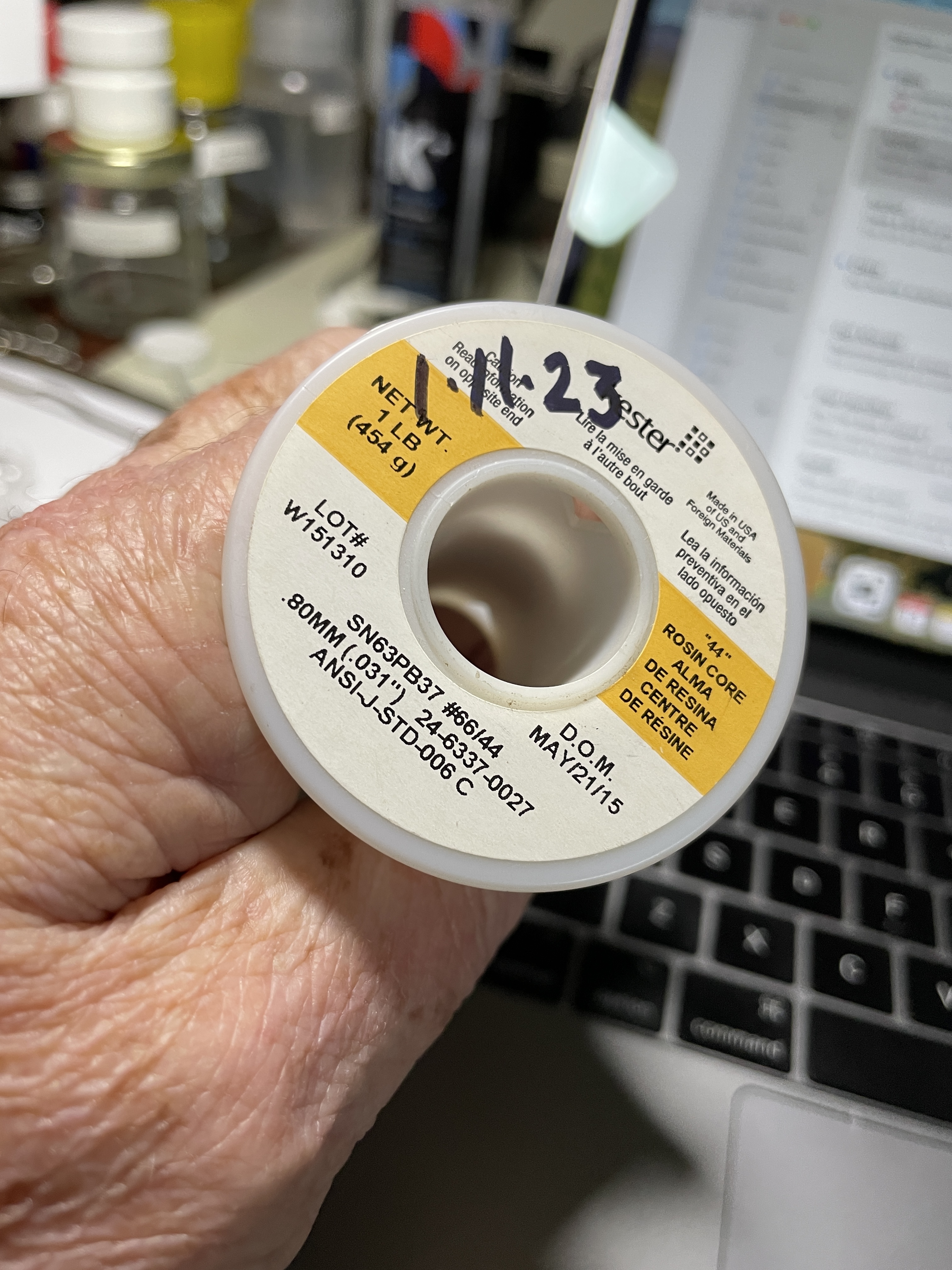
Yesterday I finished building a QRP Labs QMX 5 band transceiver. It wasn’t an easy build but after loading the firmware, it lit up and I heard the sweet sound of QRN in my earbuds. Yay!!
Well at the very same time I finished up that kit, I ran out of solder. I realized that I had been using that roll of solder for over 10 years…ever since I built my first rig, an OHR 100 40M QRP transceiver. There have been a lot of kits and a couple of thousand end fed antenna rigs as well as thousands of keys.
Sorta weird, but that little roll of solder has been a fixture on my desktop for over a decade and I’m sad to see it empty, but on the other hand, I am grateful to know that its been there for me as I managed my way through the sometimes steep learning curve of being an enthusiastic builder and 100% CW op.
I’m 75 in a few days and I expect that the next roll will outlive me. With any luck perhaps my granddaughter or grandson will become hams and use it to create a new world of discovery in a spare bookcase tucked away in their future “computer room”, happy to be using my then vintage IC-7300, wondering how anyone could use such a primitive thing to communicate when their glasses could do the same thing.
Will there be such a thing as solder then?

Ok, it’s been a while since I’ve sold these keys. I kinda got burned out making them for SKCC members and was finding it hard to get to the marble mill to make the bases. I’ve been able to streamline my production time so I can get to the mill and knock out a few when needed. Although the price of everything has skyrocketed in the last couple of years, I have decided to keep the price the same at $265, and I’m even including USPS Priority mail for FREE.
Wait time is now very short and deliveries go out the door on a weekly basis. There has never been a better time to order this or any of my other keys!
Laser etching of the Green Machine is available for club or callsigns. Etching is done by Walt Hoppe in San Diego. You will have to pay for shipping to and from along with the etching fee which is VERY reasonable so still a bargain. Of course that will add a couple of weeks to the production of your key, but the end product is very special indeed.
Walt also make covers for all of my keys. Go to the cover page here on my site for ordering info.
73, Steve, W1SFR
In the making for over a year, I finally had time to finish the designs for my new Titan Sideswiper, Straight key and Paddle. They feature a massive 3+ pound stainless steel base with a decorative border milled into the surface, and a very high quality 3.5mm jack built into the base. All keys are available with or without callsigns. All keys come with a very cool 30″ retractable cable and the Paddle includes a stereo to mono adapter to change the key into a cootie on the fly.
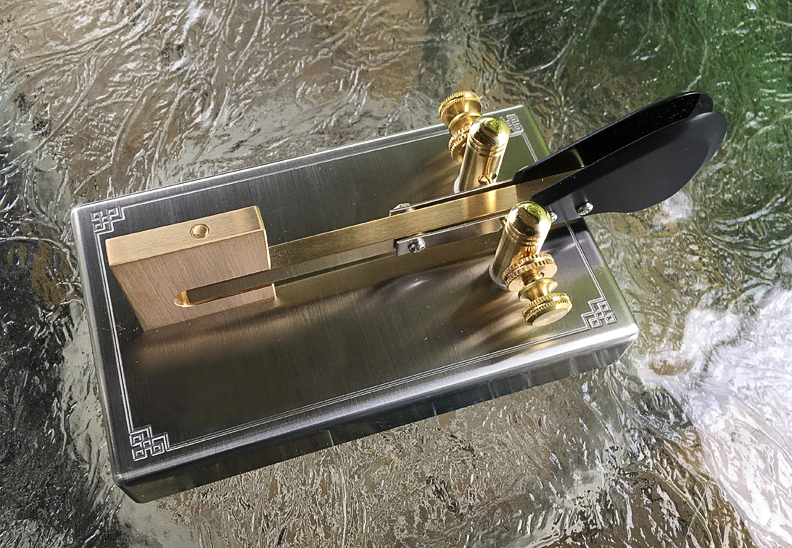
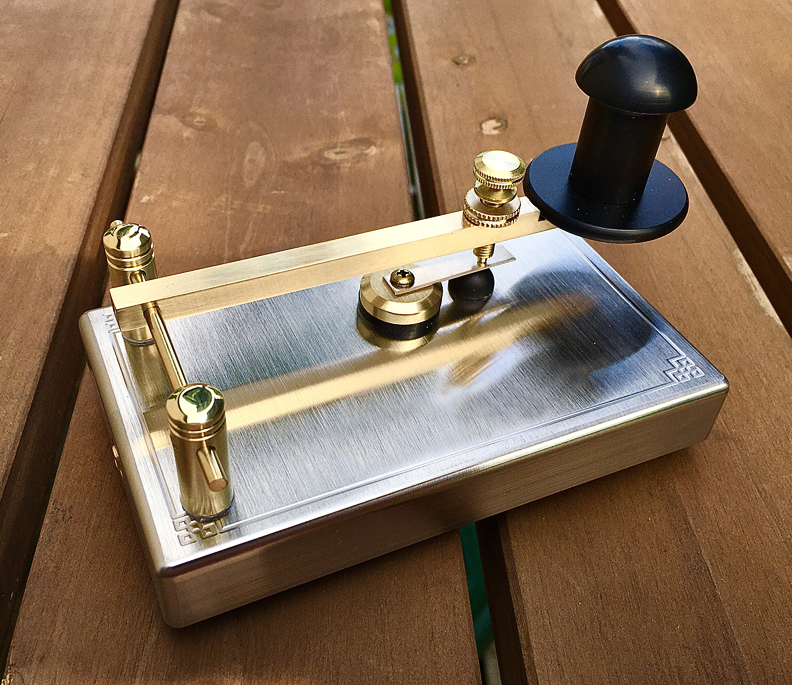
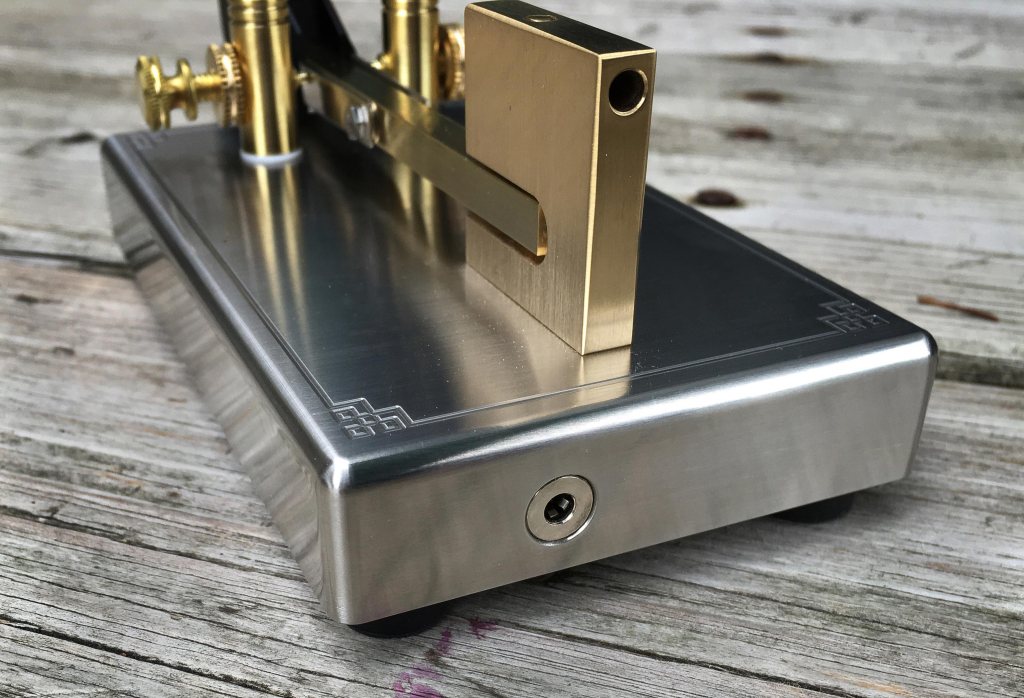
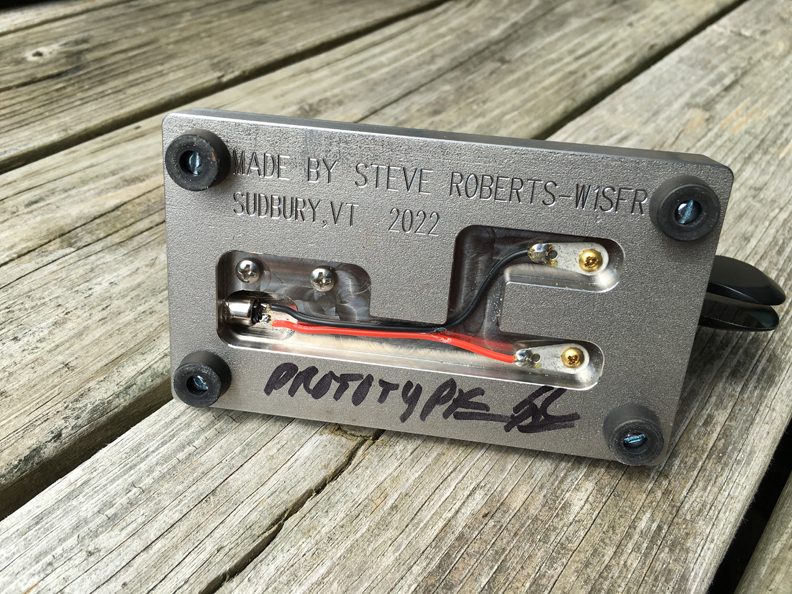
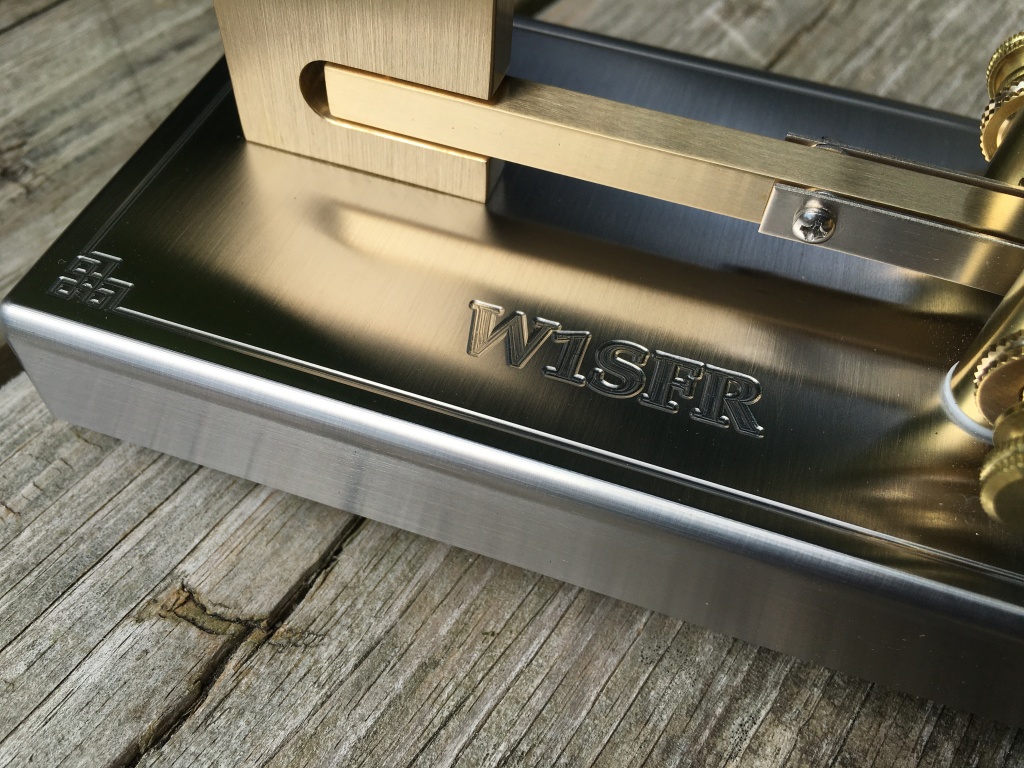
Email for info until I get the ordering page up with the pricing
Well, I’ve managed to make a bunch of keys and get them out the door, so time to start taking orders again.
Thanks all for being so patient. Emails have gone to those of you that asked to be put on a waiting list.
73, Steve—W1SFR
Well, it’s that time of year again and orders are piling up here at the W1SFR one man factory. There will be delays and wait times are already up to 4-6 weeks. I want to thank you all for being so patient and I will continue to treat every key like it’s something special. No short cuts and no compromises, and I think if you ask any of my customers, they will say it’s worth the wait.
I am very proud to have been chosen by the SKCC club to represent them by making exclusive Sideswiper (Cootie) and Straight keys using my torsion bar designs. They are being laser etched in Ohio by a fellow ham and look and feel amazing. You can go to this link to check them out:
So all the best to you and yours for the season and drop me a line and tell me how you’re getting along with your key.
73,Steve-W1SFR.com
I have received a shipment of very nice clear acrylic dust covers for all of my keys. You can order them here:
Key Covers

Well, after 6 years of making keys, I think I’ve finally found what (for me) is the ideal finger piece shape and finish. I’ve been known for my exotic wood finger pieces with the mother of pearl dot inlay and they continue to be preferred by most of my customers, but I think more will also want to go with the Black Lexan finger pieces, especially when they experience the hand finish which makes a huge difference in the touch/feel of the key.
Let me know what you think… —Steve
